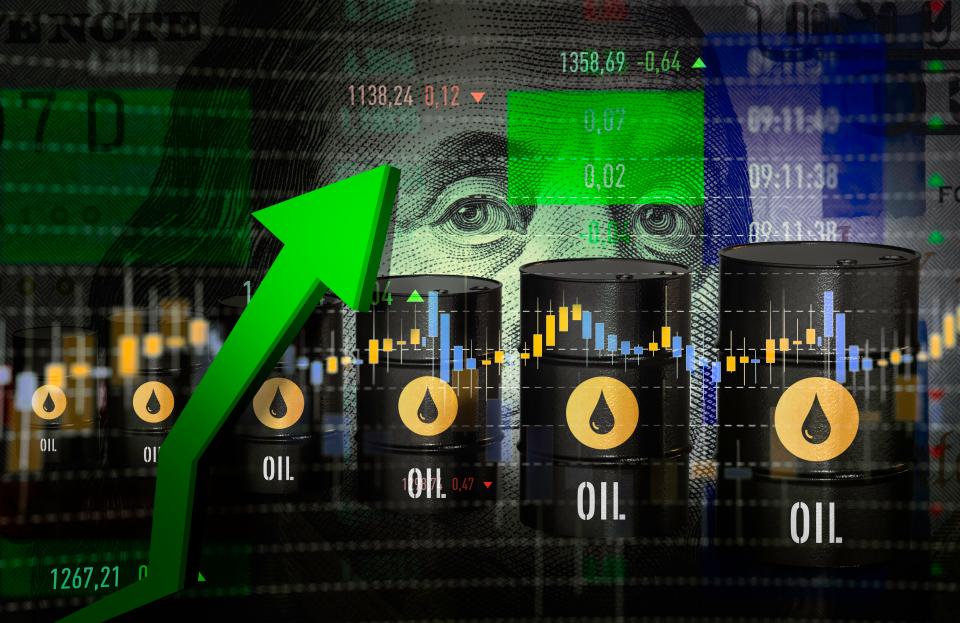Oil prices fell on Thursday after OPEC delayed its meeting from November 26 to November 30.
It’s set to take place virtually, suggesting members have made an agreement, says Anas Alhajji.
There could be additional cutbacks not anticipated by the markets, he added.
As the US Thanksgiving holiday puts the stock market at a standstill, oil prices are still on the move.
West Texas Intermediate (WTI), a benchmark for oil prices, has been in free fall since Wednesday after OPEC members delayed a meeting from November 26 to the 30th that was set to determine crude oil supply output for 2024.
It’s good news if you’re at the pump but bad if you’re a trader who had bet on prices going up. US crude traded at around $76.01 on Thursday, down by about 2.4% from the previous day.
A surplus in supply has dragged down the price of a barrel by almost 19% since September. As a result, traders anticipated an announcement that OPEC and its allies, known as OPEC+, would agree to production cuts to keep the commodity’s price steady. The expectation caused markets to react prematurely, leading to a rally over the weekend before reversing.
Traders weren’t wrong — they were just too early, according to 30-year energy expert Anas Alhajji, who believes that we should be bracing for a potential surprise announcement from Saudi Arabia.
Alhajji, a managing partner at the research and advisory firm Energy Outlook Advisors, says the initial impression from the meeting’s delay is that OPEC+ has issues agreeing on production quotes with countries like Nigeria and Angola, pushing to increase their output. But with no official post from the organization about the reason for the delay, this is all speculation, he noted.
However, since the November 30 meeting is virtual, it suggests that the members have already agreed on their quotas, and the meeting will be a short formality, he said. It also coincides with the COP28 climate summit in Dubai, which many ministers will be attending, he added.
There are three levels at which production can be pulled back: through OPEC+, an extension of the existing voluntary cuts, and new voluntary cuts.
Markets should expect production cutbacks from OPEC+, and on the voluntary level from Saudi Arabia and its allies extending into January or the first quarter of 2024, Alhajji noted. This is because demand seasonally declines in the first quarter. But, what he anticipates could happen is an announcement about additional voluntary cuts from Saudi Arabia.
“Why all of this?” Alhajji said. “Because we believe that the only way the Saudis can be in the driver’s seat in the oil market without anyone else with them is if we are in backwardation, where today’s prices are way higher than the following month’s prices.”
Right now, it’s the opposite, he said. The futures market is in contango, which means futures contracts are higher than current prices. This incentivizes investors and companies to store oil, causing inventories to rise. If Saudi Arabia does implement additional cuts, then this will flip the futures curve into backwardation, he noted.
Read the original article on Business Insider
Credit: Source link




